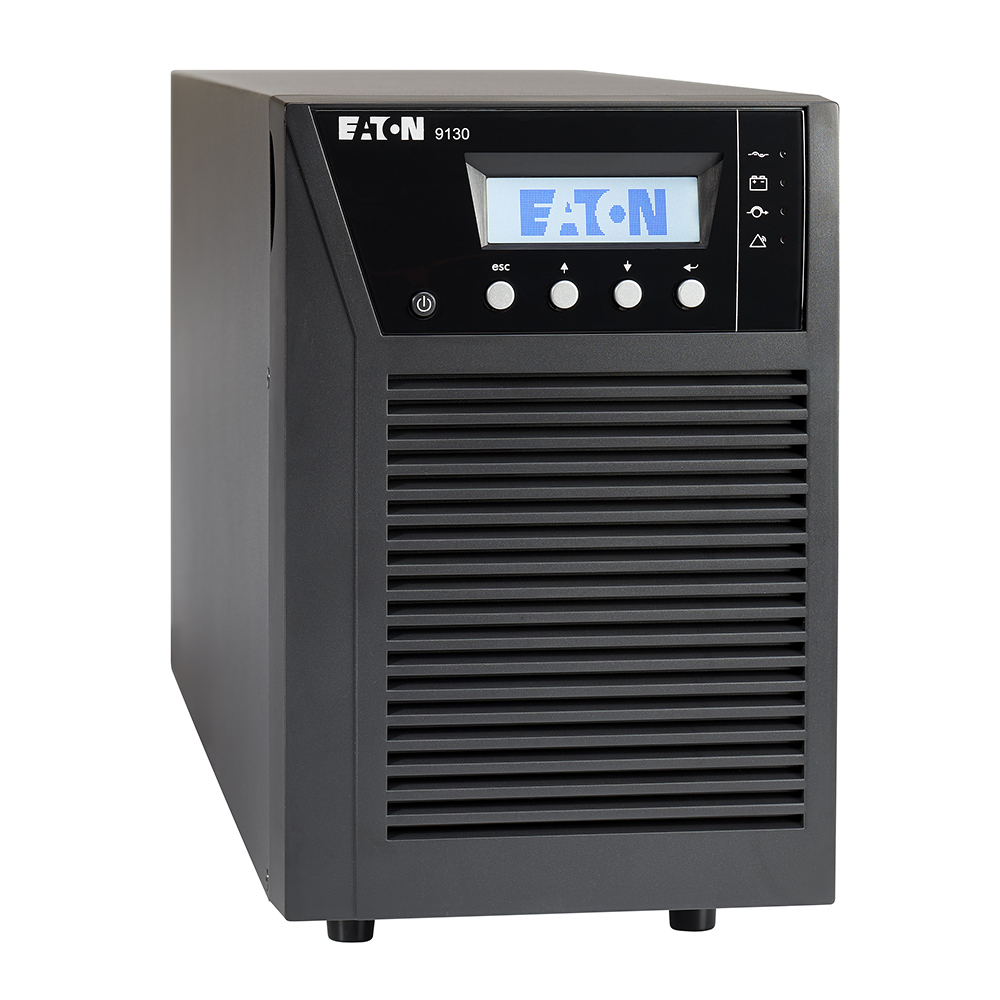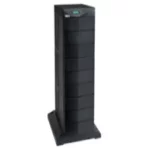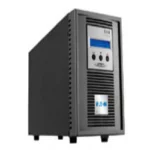 Industries throughout the world run on the wheels of power. Corporate houses try their best to maintain a steady power supply. Power outages have always been their worst nightmare. The prolonged power supply is not just necessary for businesses, but it is also essential for maintaining the quality of the equipment. Other power problems include spikes, surges, overvoltage and under voltage.
Industries throughout the world run on the wheels of power. Corporate houses try their best to maintain a steady power supply. Power outages have always been their worst nightmare. The prolonged power supply is not just necessary for businesses, but it is also essential for maintaining the quality of the equipment. Other power problems include spikes, surges, overvoltage and under voltage.
Therefore the demand for uninterrupted power supply systems is paramount.
Types of UPS Systems
UPS systems have seen a huge increase in their demand over the years. One must be careful while selecting such a system, especially for computers otherwise compatibility issues may come up later on.
UPS systems can be classified into three categories in general, namely, the on-line, line-interactive and the standby systems.
An on-line UPS Battery follows the double conversion method (it accepts the AC input and converts it to DC to pass through the battery and then converts back to AC (120V)) to power the protected unit.
A line-interactive UPS, however, maintains the inverter in line and redirects the DC path of the battery away from the normal mode to temporary supply the moment an outage takes place.
For a standby or offline UPS, the backup power circuitry comes into play only when the utility power fails completely or encounters a problem. This type of UPS system is very much in demand as it is lighter in the pocket.
Dynamic UPS
Larger units make use of a dynamic UPS system. It uses a synchronous alternator connected to the mains through a choke. A flywheel holds the energy and power are maintained on an eddy-current.
Other UPS technologies include rotary UPS and the fuel-cell UPS.
Look out for these before you buy a UPS –
Purchasing the right UPS system for your power application needs is very important.
Power capacity
The volts or wattage of the UPS has to be checked first. A UPS with less power capacity cannot prevent data loss in case of shutdowns. Also consider peripheral devices like external hard disks, KVM switches, and additional equipment while looking into the requirements.
Outlet capacity
The main function of a UPS is power supply so just calculate the required battery backup outlets and their network set-up.
Electric Surge Protector
Look for a UPS with a surge protector as it saves the device and peripherals from an electrical surge and regulates the voltage. They also avoid damage from a lightning strike.
Equipment Protection Promise
Check the maker’s equipment protection for the industrial UPS systems guarantee and other related features before purchasing the system and always register your UPS.
Alarm Capabilities
A UPS system is enabled with an alarm that reports voltage fluctuations, exceeding of battery strength and such features.
Battery Replacement Indicator
The little indicator on the UPS that warns about possible failure to supply power is the most important of all features. Check for it before you make a purchase.
The device setting, alarm features, and other parameters should be simplified. The system should be accessible remotely. All these features should be addressed before purchasing a UPS system.
Latest News
Did You Know?
Changing your UPS batteries every 4 years can prevent 90% of all UPS outages.
AC and DC capacitors have a shelf life and should be proactively changed every 8-10 years.
Adding a maintenance bypass to your UPS will allow for proper maintenance of your UPS and also re-route utility power





